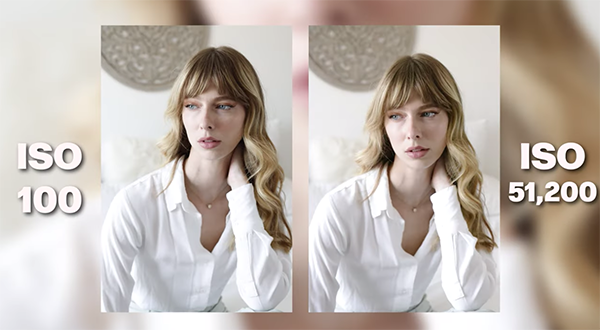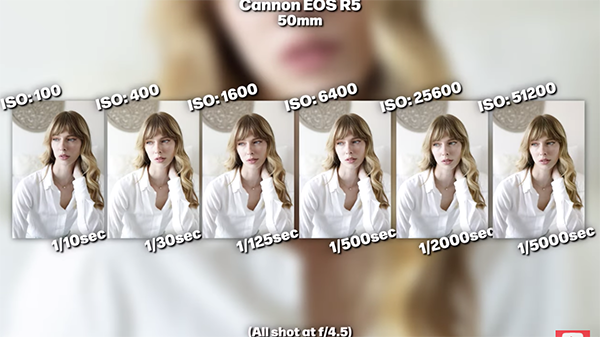Understanding ISO & Settings to Avoid for Portrait, Travel, & Nature Photos (VIDEO)
ISO is a basic camera setting with a big impact on the photos you shoot when it comes to exposure, image quality, and other important variables. Unfortunately the simple concept is misunderstood and often results in images that don’t meet expections.
The worse-case scenario is when photographers bump up ISO to the limit when shooting in low-light situations and drop it all the way down in bright light. There still plenty to know between these crazy extremes if you want to achieve optimum results.
Professional wedding photographer Vanessa Joy clears up all the misconceptions and provides valuable advice when choosing the proper setting for the task at hand in the quick tutorial below. In less than five minutes she explains how ISO works, the synergy between ISO and other exposure settings, and the way this important choice affects the look of your photos.

As Joy explains, “ISO refers to the sensitivity of a camera’s sensor.” It’s one of three parameters in the familiar Exposure triangle, the others two being aperture and shutter speed, that work in tandem to arrive at a correct exposure. It’s important to know the proper order in which you configure these settings, and that depends upon the specific photo you are capturing at the time.
Joy discusses the concept of ISO from the perspective of a portrait photographer, But the knowledge she imparts is equally valuable for whatever genre rings your bell, be it travel, landscape, sports, or wildlife photography. And her tips apply to whatever camera you use.
Joy explains it like this: The higher the ISO the brighter your photo will be, while the lower the ISO the less sensitive the camera’s sensor is with darker photos being the result. Of course that’s with all other settings unchanged, which shouldn’t be the case. That’s because as you alter one parameter of the Exposure Triangle the other two are modified as well.

There’s much more to understand, especially when it comes to image quality. For example, as you ramp up ISO there are several important consequences, including the fact that noise becomes a bigger and bigger problem at higher settings. Color saturation will also suffer as you bump up ISO beyond certain limits depending upon the sophistication of your camera.
Joy provides examples shot with her premium full-frame Canon EOS R5, and the difference in image quality at higher ISO is readily apparent. You can expect more exaggerated problems when shooting with a less-capable camera.
As we mentioned above, if you keep ISO levels at manageable levels, the aperture and shutter speed for properly exposed photos change as well—sometimes with image quality concerns in other areas that you need to be aware of. These include sharpness, depth of field, and other key characteristics.
We suggest paying a visit to Joy’s popular YouTube channel where there’s much more to learn. And be sure to check out the tutorial we posted recently from another accomplished shooter, explaining how pros use color to shoot outdoor photographs with perfect tones.




